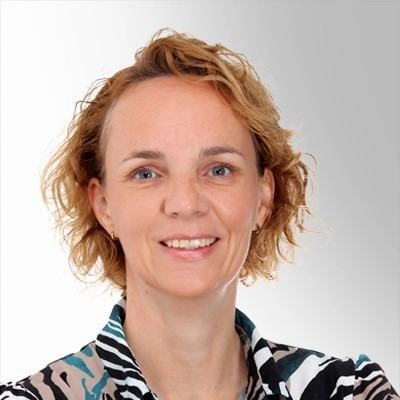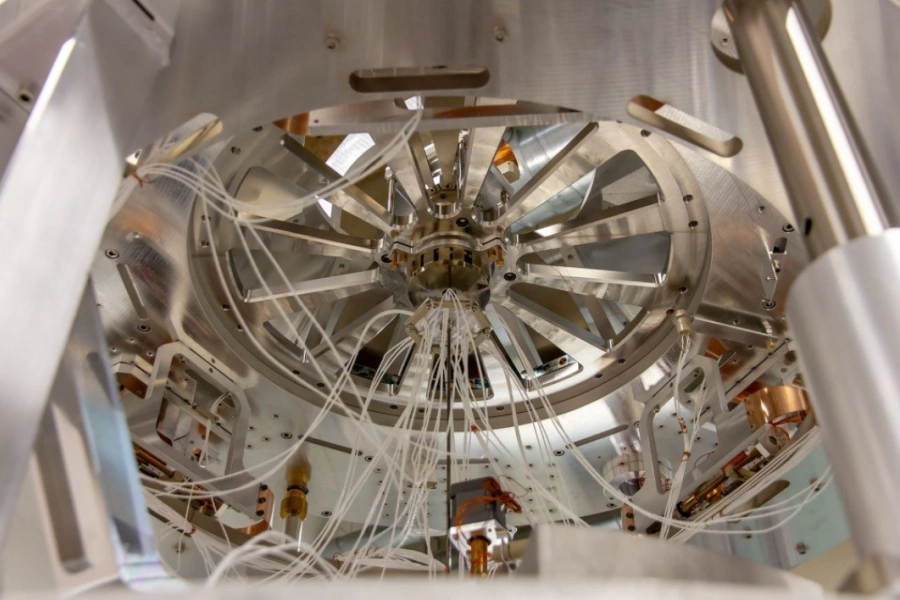The consortia will focus on challenges in optics, vacuum technology, vibration-free cooling, vibration damping, and thermal deformations. For this, they receive more than 12 million euros in subsidies. Together, this results in groundbreaking technology for the future observatory, as well as economic opportunities by driving high-tech innovation.
Recently three new consortia added
Three new consortia receive financial support from the R&D scheme for the Einstein Telescope, just like three previously started consortia. The R&D scheme is part of the Einstein Telescope valorization program for high-tech companies, a program of the National Growth Fund. The scheme is implemented by the regional development agencies (ROMs) under the leadership of LIOF. The aim of the R&D scheme is to realize innovation and accelerated development of new technologies for the Einstein Telescope. The six consortia collectively receive a subsidy of more than 12 million euros for this. Combined with corporate contributions, the total project value is 14 million euros.
Learn more

Einstein Telescope, a new window on the universe
Einstein Telescope will be Europe's most advanced observatory for gravitational waves, more than ten times more sensitive than existing gravitational wave observatories. Currently, a large group of European research institutes, companies, and governments are collaborating on this ambitious project. The Dutch consortia are contributing to a portion of the required technology. Read more below about the 3 recently formed consortia for Optics, Thermal Deformations, and Vacuum Technology.
Consortium Optics
The heart of the Einstein Telescope is a series of sensitive silicon mirrors, 45 cm in diameter and about 200 kg in weight. These mirrors need to be extremely smooth, reflect 99.999% of the laser light, and operate at cryogenic temperatures between 10 and 20 °C above absolute zero. The LIGO predecessor used smaller and lighter mirrors of fused silica at room temperature.
"The silicon of the Einstein Telescope mirrors can withstand cryogenic temperatures, but there is little worldwide experience with mirrors made of this material for such an application," says R&D Manager Boris Landgraf of consortium leader Cosine Innovations. The consortium partners will test various techniques to super-polish and sample the silicon and also test a technique to forge smaller mirror segments into a single piece. The techniques are Dutch specialties and have applications in astronomy and the semiconductor industry.
The consortium consists of Cosine Innovations, SRON, VSL, Maastricht University, NOVA, and TNO.
Consortium Thermal deformations
To make the laser beams of the Einstein Telescope highly precise, optical support systems with
hundreds of mirrors are needed. These can slightly deform due to small temperature differences. Such thermal deformation also distorts the laser beam and makes the Einstein Telescope less accurate. The Thermal Deformations Consortium is developing a system that measures and corrects these effects. "The deviations are minute, but for the precision we want to achieve with the Einstein Telescope, every picometer (millionth of a micrometer) is one too many," says program manager Wouter Jonker of consortium leader TNO. A possible solution is to add a mirror with deformable elements to correct unwanted deformations.
In addition to the deformable mirror, the partners are developing machine learning to deduce which of the hundreds of mirrors are deformed and control - for the correction mirror - that generates hardly any heat. Jonker: "This is a significant challenge, but one with potential spin-offs. Think of telescopes to see planets around other stars, or laser communication that passes undisturbed through the turbulent atmosphere."
The consortium consists of TNO, Sioux Technologies, ATG Engineering, Hoursec, NOVA, Nikhef, and DEMCON.
Consortium Vacuum technology
The vacuum tubes of the Einstein Telescope are a total of 120 kilometers long and ensure that air and dust do not disturb the sensitive measurements. The metal of the vacuum tubes itself can also introduce contaminants into the vacuum, such as dust particles or water vapor. The Vacuum Technology Consortium develops and qualifies procedures to produce tube elements cleanly and on a large scale. The work builds on R&D by the European particle lab CERN.
Vacuum specialist Peter van der Heijden (VDL ETG): "All process steps can cause contamination, from rolling, bending, sealing, and transporting, to underground welding. We want to develop procedures for all these steps that guarantee the installation is cleaned to the high cleanroom-level ISO-6 and ultra-high vacuum of 5 x10-11 mbar." Consortium partner TNO, for example, tests plasma technology to remove unwanted water vapor from the metal surface by treatment with a hot, ionized gas. This consumes less energy than the traditional baking process where the entire pipe is heated.
"A vacuum system of this size is unique in the world: a great opportunity to contribute to it,” says Managing Director Dorus van Leeuwen (VDL KTI). The expertise we build up can also be applied in the increasingly large and cleaner vacuum installations of the semiconductor industry.
The consortium consists of: TNO, VDL ETG Technology & Development, VDL KTI, Settels Savenije Group of Companies, SBE, and Nikhef.
The Netherlands, along with Belgium and Germany, in the race for the Einstein Telescope
The underground Einstein Telescope will be Europe's most advanced observatory for gravitational waves. With it, researchers can hear black holes collide and gain knowledge about the early universe. In several places in Europe, countries are working on a proposal to build the Einstein Telescope. Governments in the Netherlands, Belgium, and Germany are in the race; the border region of these three countries is an ideal location because of the tranquility, stable soil, and strong ecosystem of knowledge institutions and high-tech companies. In 2026/2027, it will be announced which location is the most suitable and where this top facility will be built.
A telescope of this size is not only a boost for science but also attracts scientists from all over the world. Based on research, it is expected that every euro for the Einstein Telescope will be returned 3 to 4 times, and the telescope will create 2,000 direct and indirect jobs. Because the government considers the telescope important for science, society, and the economy, it designated the realization of the project as a national priority at the end of last year.
More information: einsteintelescope-emr.eu
Einstein Telescope for business
The R&D scheme is part of the Einstein Telescope valorization program for high-tech companies, a program of the National Growth Fund. Regional development agency (ROM) LIOF leads the effort nationwide, also on behalf of the Ministry of Economic Affairs (EZ), the Ministry of Education, Culture, and Science (OCW), and the research institute Nikhef. With three service points at the ROMs in North Brabant (BOM), South Holland (InnovationQuarter), and East Netherlands (Oost NL), nationwide connections are sought with high-tech ecosystems around the technical universities, and consortia have been built with industry and knowledge institutions in 2024.
More information: einsteintelescopeforbusiness.nl
